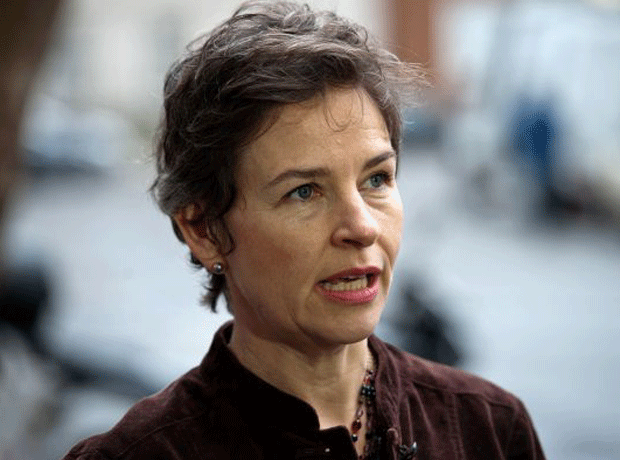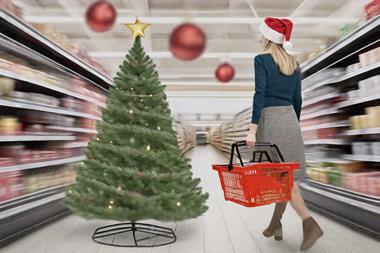Following the M&S tie-up, it’s now the UK’s fastest-growing grocer
Ocado Retail is on the up. It’s been the UK’s fastest-growing grocer for the past five months, according to Kantar figures, which put sales growth at 10.7% over the 12 weeks to mid-July.
That’s well ahead of online grocery overall, which grew 4% over the period.
What’s more, Ocado has seen an 8.1% increase in active customers in the past six months, according to its latest results.
Ocado is confident the business will maintain this “encouraging momentum” in partnership with M&S, its joint venture partner since 2020.
So what is behind Ocado Retail’s recent stellar run? And how long can it last?

According to CEO Hannah Gibson, the growth stems from its ‘Perfect Execution’ programme, which focuses on choice, service and “reassuringly good value”.
Ocado has always been strong on the first two elements. But its ‘too pricey’ perception had to change. “They’ve now realised – ‘eek, the affluentials are looking for bargains too’,” a former Ocado executive tells The Grocer.
The high price perception comes mainly from its choice of retailer partner, the source believes. First was Waitrose – consistently named the most expensive major supermarket. Now it’s in a tie-up with M&S, which is second priciest.
While Ocado rolled out a Tesco-beating ‘Price Promise’ in 2012, it was quietly discontinued in 2021. Last year, it returned – and loudly.
“It’s exactly what helped Ocado previously stop people saying ‘oh, you’re basically Waitrose’. They have the same problem right now of ‘oh, it has all the expensive M&S products’,” the source says.
In January, a revamped nationwide TV ad campaign saw a shopper overwhelmed by the bargains spilling from her kitchen cupboard. The 10,000-plus eligible like-for-like products with Tesco now carry a red £ symbol on Ocado.com.
“They’re getting more retail-focused and raising brand awareness – trying to undo the years of people feeling they were priced out [of Ocado],” the source adds.
Crucially, that marketing has been backed by lower prices on more than 2,800 products. The increase in average item price versus last year is “lower than inflation and behind the market”, at 1.5% versus 4.4%, Ocado says.
The online grocer has also been expanding its own-label range alongside M&S lines.
“They’re aligning all basic product prices to match competition – and advertising this,” says former M&S retail operations director, now consultant, Chris Taylor.

Market share struggle
Despite the positive results, however, Ocado’s market share remains stubbornly low. The retailer holds 1.8% of the market, according to Kantar, up only 0.1 percentage points compared with the same period last year. That percentage point growth is the same as that of former supplier partner Waitrose over the same period, and well behind Tesco (which added 0.6 percentage points to its share).
To break the 2% barrier, Ocado must maintain the pricing alignment with its competitors, the former Ocado executive says. “Ocado should not be a price leader, but it should be a price follower. And if they’re not going to price-match to Aldi, they need to do something. And with every retailer in the world seemingly having their own loyalty prices, they have to follow suit and match that price.”
Perhaps a loyalty scheme will be next on the cards.

























No comments yet